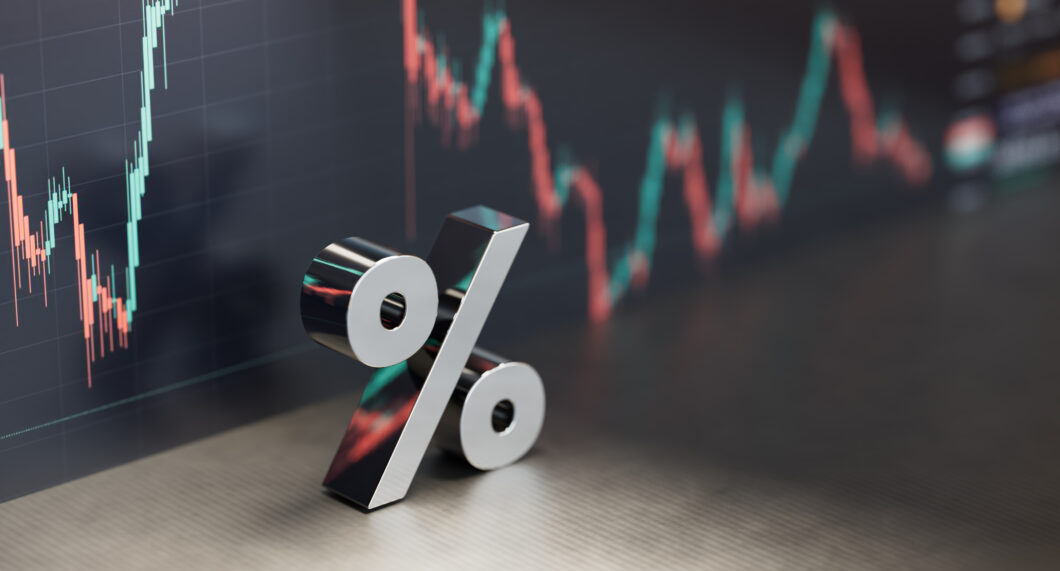The benchmark 10-year government security yield eased after the RBI’s announcements and the stock market indices turned green.
Inflation is a concern globally, including in India. Though it is more supply-driven, i.e., due to costs going up rather than demand pulling up inflation, all measures have to be taken to contain it.
The country’s central bank has to increase interest rates and reduce the money in circulation to cool demand and tame inflation.
Apart from interest rate action by the Reserve Bank of India, the government has taken measures such as the reduction in excise duty on petrol and diesel and export curbs on wheat, steel, and cotton.
As the financial markets tuned in to the RBI governor’s statement at 10 am on June 8, interest rate hikes were already accounted for at the prevailing price levels. What the markets needed to know were the extent of the rate hikes, the reduction in money in circulation, guidance on future rate hikes, and the revision of inflation projections.
The Monetary Policy Committee’s decisions are now known:
- The repo rate, which is the rate at which the RBI would fund banks for a day when required but practically is the signal for interest rates in the economy, was raised by 50 basis points to 4.90 percent from 4.4 percent;
- The Standing Deposit Facility (SDF), the rate at which banks would park money with the RBI for one day, automatically moves up to 4.65 percent from 4.15 per cent;
- There is no hike in the cash reserve ratio (CRR), which the market was apprehending as a liquidity reduction measure. It stands at 4.5 percent;
- Projected retail inflation for 2022-23 has been revised upward to 6.7 percent from 5.7 percent in the April 8 review.
Analysis
After the RBI’s announcement, the decisions were compared with the expectations of the financial markets. The increase in the repo rate was more or less factored in and did not come as much of a surprise.
The fact that there was no measure to immediately suck out liquidity from the banking system (CRR hike) was a positive surprise. The only negative part was the upward revision in inflation projection. While some upward revision had been expected, the extent was on the higher side.
The market reaction was positive. The widely tracked benchmark 10-year government security yield eased from the more than 7.5 percent levels prior to the announcements. Equity market indices, which were in the red, moved to green territory.
There were positives for the market such as the absence of a CRR hike. The market may have derived comfort from the fact that the repo rate was not hiked by more than 50 basis points and that no new alarm was sounded even though inflation was projected to be significantly higher. The RBI was not shy to project inflation realistically, exceeding the tolerance level of 6 percent.
The other aspect was the RBI’s “stance” on interest rate action. Broadly, there are three stances: accommodative, neutral, and hawkish.
Accommodative means supporting growth through low interest rates, while hawkish means preference for high interest rates to contain inflation.
The RBI’s stance has been accommodative in the pandemic phase as growth was the overriding concern. In the April 8 policy review, the stance was changed mildly to “accommodative while focussing on withdrawal of accommodation.”
In the June 8 review, the word “accommodative” was dropped and now it is “focused on withdrawal of accommodation.” This means the RBI is moving closer to a neutral stance.
Somewhere down the line, maybe at the next review on August 4 or later, they would embrace neutral as a stance. The implication is interest rates would not remain very low to support growth, but more balanced to contain inflation as well as to support growth.
Conclusion
As the RBI hikes the signal interest rates and surplus liquidity in the banking system comes down in the normal course, with or without a further CRR hike, loan rates are set to become dearer. For depositors, rates will go up, but with a lag. For investors in financial investment products, there is no big change, at least as of today, as the outcome is more-or-less along expected lines.
Source: https://www.moneycontrol.com/news/business/personal-finance/amid-inflation-threat-and-rbis-rate-increase-markets-are-positive-8659421.html


